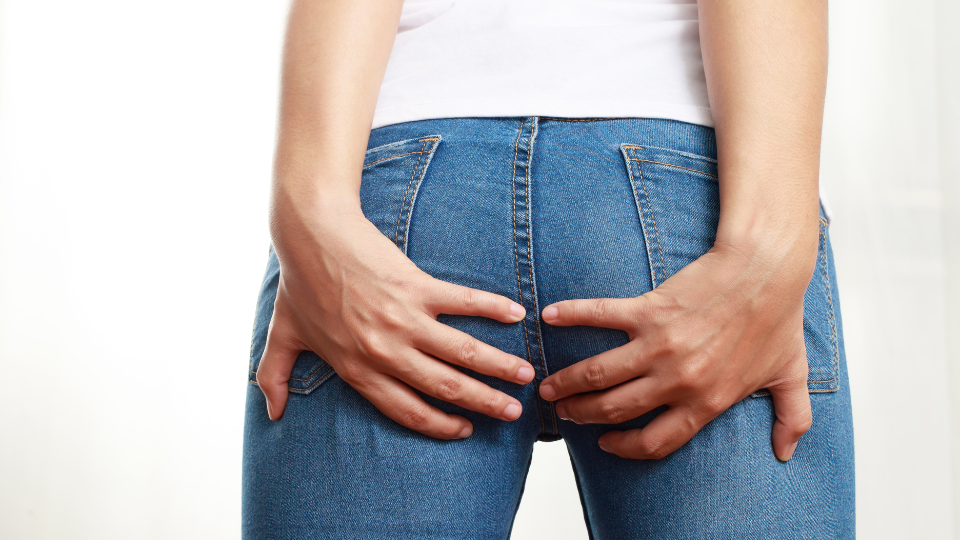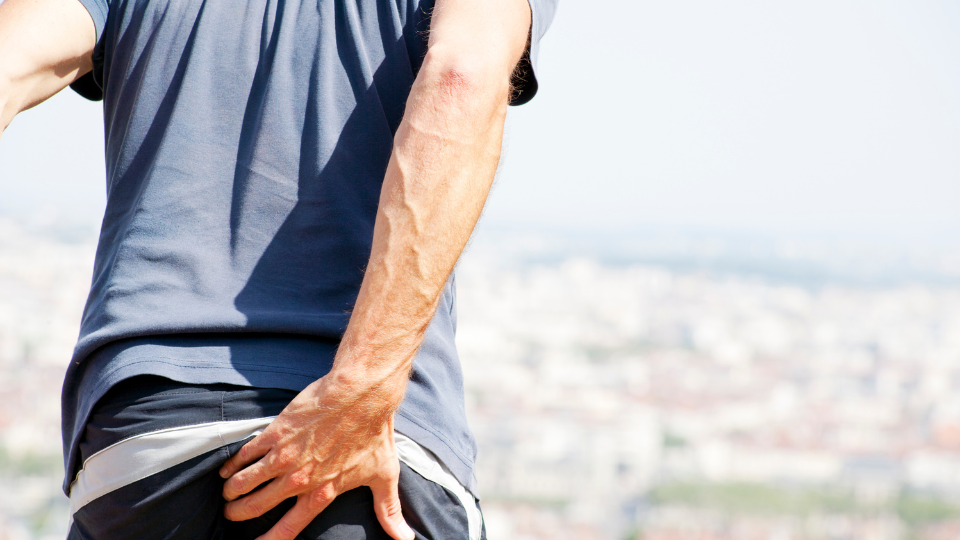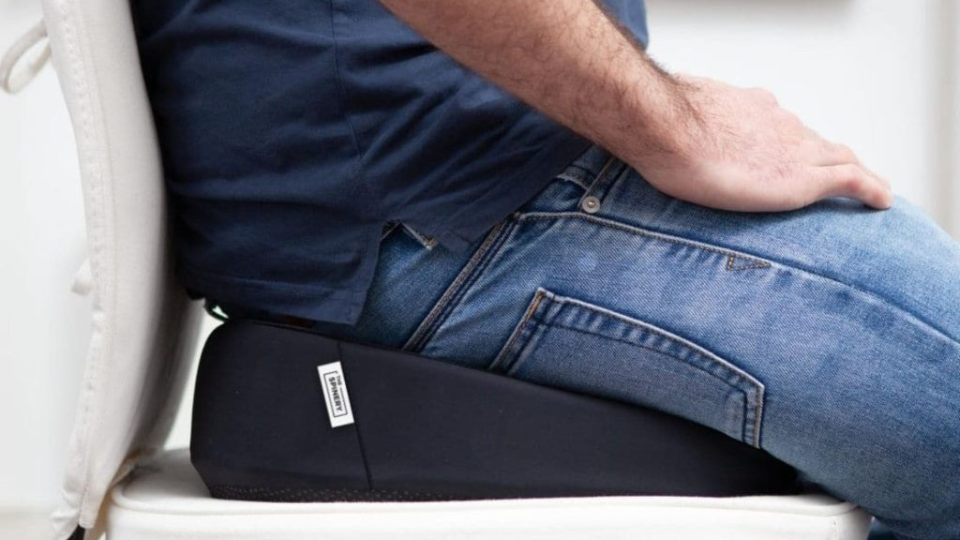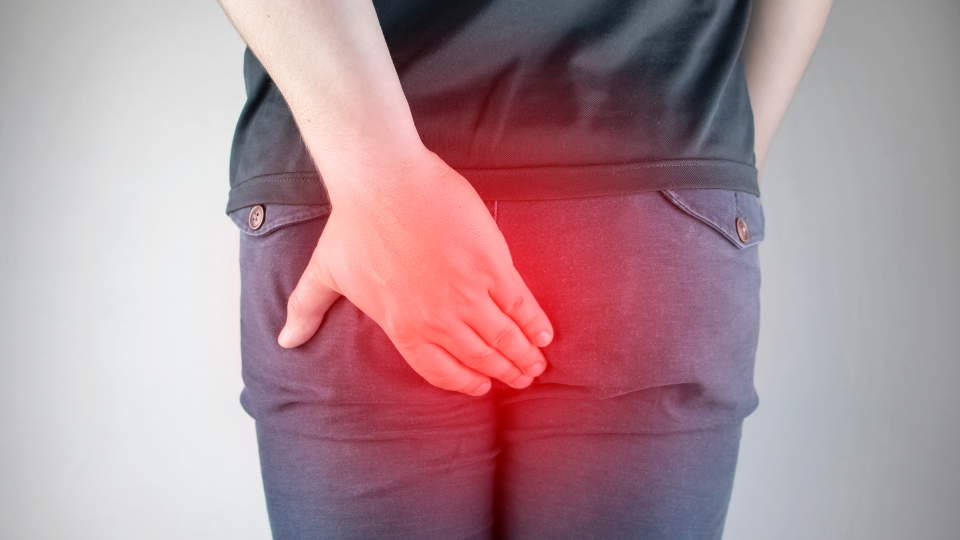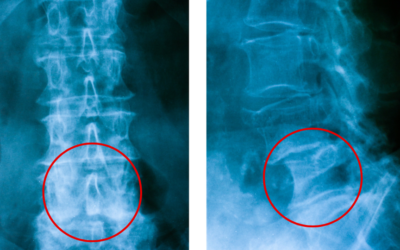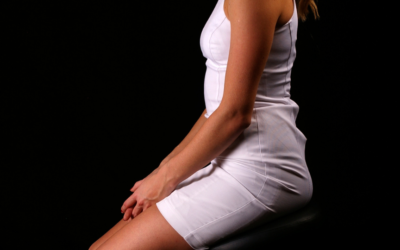As a chiropractor, I have seen many patients who complain of rectal pain and soreness from sitting. This is a common issue that can significantly affect a person’s quality of life. While most cases of anal discomfort are not serious, it’s important to understand the underlying causes and seek appropriate treatment.
As a general rule, anus discomfort from sitting may result from pressure, poor posture, or medical issues. To alleviate pain, adjust posture, take breaks, use an ergonomic seat cushion or ergonomic chair, maintain hygiene, check for hemorrhoids or infections, and consult a doctor if pain persists.
Allow me to lead you through the optimal way to sit avoiding discomfort. With a career spanning over three decades as a chiropractor, I have also honed my skills as an ergonomist. I’ve authored a book on the topic of posture, appeared on national television to discuss the matter, and designed a variety of tools to promote proper posture and comfort when seated. Furthermore, I spearheaded a prosperous Kickstarter campaign to finance the creation of my most recent invention: ergonomic seat cushions. Given my extensive knowledge and experience, I am certain I can provide valuable guidance to alleviate, if not eradicate, any discomfort.
What Causes Rectal Pain and Soreness when Seated?
There are several reasons why sitting can cause rectal pain and soreness. One of the most common causes is pressure on the nerves and blood vessels in the pelvic area. Prolonged sitting can lead to compression of these structures, which can cause pain and discomfort.
Other factors that can contribute to rectal pain and soreness include muscle tension in the pelvic floor, injury to the anal area, and certain medical conditions such as hemorrhoids and anal fissures.
Understanding Hemorrhoids: A Common Culprit of Rectal Pain
Hemorrhoids are a common cause of anal pain and discomfort. They occur when the veins in the anus or rectum become swollen and inflamed. Hemorrhoids can be internal or external, and they can range from mild discomfort to severe pain.
Symptoms of hemorrhoids can include itching, burning, and bleeding. Treatment options include lifestyle modifications such as increasing fiber and water intake, as well as medical interventions like topical creams, suppositories, and surgery in severe cases.
Get 35% off Orthopedic Seat Cushion Video Guide Video GuideBest Seat Cushion for Rectal SupportDoctor's Recommendation
Black Friday Offer!
Product DetailsResearch-based Design
Recommended ForBack Discomfort
Try an Ergonomic Seat Cushion
Using an ergonomic seat cushion that is designed by a back expert and made with natural latex is crucial for individuals experiencing pain or discomfort in their anus while sitting. Sitting for prolonged periods can put pressure on the buttocks, tailbone, and anal region, leading to various conditions such as hemorrhoids, anal fissures, and proctalgia.
An ergonomic seat cushion is designed to distribute the body weight evenly, reducing pressure on sensitive areas and providing proper support to the lower back, spine, and hips. Moreover, natural latex is a durable, hypoallergenic, and breathable material that conforms to the body’s shape, allowing for a comfortable and pain-free sitting experience. Using an ergonomic seat cushion with natural latex can alleviate pain, improve posture, and prevent future health issues associated with prolonged sitting.
All Day Comfort & Support
The Link Between Sitting and Anal Discomfort
Sitting for prolonged periods can increase the risk of developing anal discomfort. This is because sitting puts pressure on the nerves and blood vessels in the pelvic area. This pressure can lead to swelling, inflammation, and pain.
One way to reduce the risk of developing anal discomfort from sitting is to take frequent breaks and stand up and stretch every 30 minutes or so. This can help to relieve pressure on the pelvic area and reduce the risk of developing pain and discomfort.
Bowel Movement(s) and Rear Pain: What’s the Connection?
Bowel movements can also contribute to anal pain and discomfort. Constipation, diarrhea, and straining during bowel movements can all cause irritation and inflammation in the anal area.
To reduce the risk of developing anal discomfort from bowel movements, it’s important to maintain a healthy diet and stay hydrated. Fiber-rich foods, such as fruits and vegetables, can help to regulate bowel movements and reduce the risk of constipation.
Anal Fissures and Fistulas: When Soreness Signals Something More Serious
While most cases of anal discomfort are not serious, some symptoms may indicate a more serious underlying condition. Anal fissures and fistulas are two examples of conditions that can cause chronic pain and discomfort.
Anal fissures occur when there is a tear in the lining of the anus or rectum. This can cause severe pain and discomfort during bowel movements. Treatment options include topical creams and ointments, as well as surgery in severe cases.
Anal fistulas occur when a small channel develops between the anal canal and the skin around the anus. This can cause pain, swelling, and discharge. Treatment options include antibiotics, surgical drainage, and surgery in severe cases.
How to Relieve Anal Discomfort and Prevent Future Pain
There are several ways to relieve anal discomfort and prevent future pain. These include lifestyle modifications such as avoiding prolonged sitting, staying hydrated, and maintaining a healthy diet. It’s also important to practice good hygiene in the anal area, especially after bowel movements.
Over-the-counter pain relievers and topical creams can also provide temporary relief from anal discomfort. However, it’s important to speak with a healthcare provider to rule out any underlying medical conditions that may require more targeted treatment.
Strengthening Your Pelvic Floor Muscles: A Solution to Chronic Ass Pain
Strengthening the pelvic floor muscles can help to reduce the risk of developing chronic anal pain. These muscles play an important role in maintaining bowel and bladder control, as well as sexual function.
Kegel exercises are a common form of pelvic floor muscle training. These exercises involve contracting and relaxing the muscles that control the flow of urine. Other forms of pelvic floor muscle training may include biofeedback and electrical stimulation.
All Day Comfort & Support
Why Does My Anus Hurt From Sitting?
As a chiropractor, I have had many patients come to me with complaints of rectal pain, particularly after long periods of sitting. It is important to understand that this discomfort can be caused by a variety of factors, including bowel movements, anal abscesses, thrombosed external hemorrhoids, and even colorectal cancer. One common cause of anal discomfort from sitting is levator ani syndrome, which occurs when the muscles in the pelvic floor become tense and painful.
Bowel Movements and their Impact on Rear End Health
Another key factor in anal discomfort is bowel movements. Straining during bowel movements can lead to the development of anal fissures, which are small tears in the skin around the anus. These fissures can be extremely painful and can even cause rectal bleeding. Additionally, constipation can lead to the accumulation of fluid in the rectum, which can lead to discomfort in the anal area.
Treatment Options for Anal Fissure, Anal Fistula, and Other Muscular Backside Issues
Thankfully, there are a number of treatment options available for those experiencing anal discomfort. For anal fissures, topical creams and ointments can be used to help soothe the area and promote healing. Surgery may be necessary for some cases of more severe anal fissures or for anal fistulas. For conditions such as levator ani syndrome and anal abscesses, physical therapy and other non-invasive treatments may be effective.
Anal discomfort from prolonged sitting is a common issue that can be caused by a variety of factors including bowel movements, anal abscesses, and colorectal cancer. By understanding the underlying causes and seeking appropriate treatment, those experiencing anal discomfort can find relief and regain their quality of life. I encourage anyone experiencing rectal pain or discomfort to seek the guidance of a healthcare professional to determine the best course of action for their individual needs.
Link Between Sitting and Bum Discomfort
Sitting for extended periods can cause discomfort in the rectum and anus, with rectal pain being a common symptom experienced by many. Pain in the rectum can be caused by a variety of conditions, such as an anal fissure, anal abscess, or a thrombosed external hemorrhoid.
The pain is often described as a sharp or burning sensation and can be accompanied by rectal bleeding or difficulty during bowel movements. In some cases, the pain can be attributed to levator ani syndrome, where there is chronic pain in the rectum due to muscle spasms. The pain is often relieved with the passage of stool or the release of gas. If the pain persists, rectal surgery may be necessary. It is essential to seek medical attention if you experience persistent rectal pain or any other symptoms such as changes in bowel movements, as they may be a sign of a more serious condition such as anal cancer or colorectal cancer.
Best Seat Cushion for Rectal SupportAxial Ergonomic Seat Cushion® | Seat Chair Wedge
Quick Guide: A 30-Second Summary
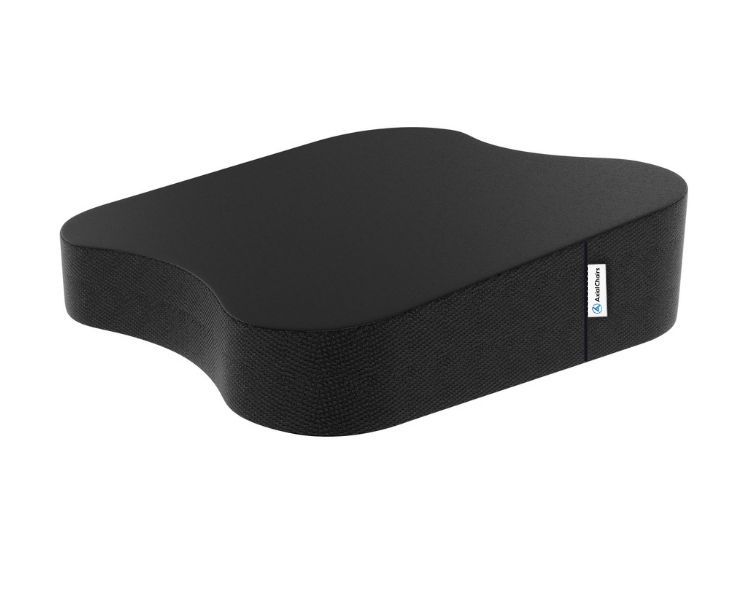
All Day Comfort & Support
Product Name
Axial Designs™ Seat Cushion
Price
$149
Warranty
1 Year
Type
Posture Wedge
Top Layer
100% Natural Latex (Molded)
Bottom Layer
High-Density Foam
Top Material
Isometric Grippy Vegan Leather
Bottom Material
Non-Slip Material
Side Material
3D Breathable Fabric
Why does my anus hurt after sitting?
The pain in the rectum caused by sitting for prolonged periods can be due to several reasons. One of the most common reasons for pain in the anus after sitting is a thrombosed external hemorrhoid. It is a condition where blood clots form in the external hemorrhoid, causing severe pain and discomfort in the anus. Pain in the rectum can also be caused by levator ani syndrome, a condition where the muscles in the pelvic floor become tight and painful.
How can I make my anus stop hurting?
The pain in the anus can be relieved through various home remedies. Taking warm sitz baths, increasing fiber intake in the diet, and using over-the-counter ointments such as witch hazel and petroleum jelly can help ease the pain. Avoiding sitting for prolonged periods and maintaining good hygiene can help prevent pain in the anus.
Pain in Anus Hole Home Remedies
Several home remedies can help relieve pain in the anus. Using over-the-counter ointments such as aloe vera, tea tree oil, and chamomile can help reduce inflammation and soothe the pain. Drinking plenty of water, eating fiber-rich foods, and avoiding caffeine and spicy foods can help prevent constipation and reduce pain during bowel movements.
Why Does My Anus Hurt When I Clench
The pain in the anus when clenching can be due to various reasons. One of the most common causes is anal fissures, which are small tears in the skin around the anus. The pain can be sharp and shooting, and one might experience bleeding during bowel movements. Other reasons for pain in the anus when clenching include rectal prolapse, hemorrhoids, and infections.
How to Soothe Pain in Anus
Taking warm sitz baths, increasing fiber intake, and using over-the-counter ointments can help alleviate pain in the anus. Drinking plenty of water, avoiding caffeine and spicy foods, and increasing physical activity can help prevent constipation and reduce the risk of pain during bowel movements. In severe cases, medical intervention may be required.
Burning Sensation in Anus While Sitting
The burning sensation in the anus while sitting can be due to several reasons. One of the most common causes is hemorrhoids, which are swollen veins in the rectum and anus. Sitting for prolonged periods can cause the veins to become inflamed and painful. Other reasons for a burning sensation in the anus while sitting include anal fissures, infections, and nerve damage.
Pain in Anus and Lower Abdomen Female
The pain in the anus and lower abdomen in females can be due to several reasons. One of the most common causes is colorectal cancer, which is the third most common cancer in women. The pain can also be caused by ovarian cysts, endometriosis, and pelvic inflammatory disease. It is crucial to seek medical attention if the pain persists or is accompanied by other symptoms such as bleeding or discharge.
All Day Comfort & Support
Summary
In conclusion, rectal pain and soreness from sitting can significantly affect a person’s quality of life. While most cases are not serious, it’s important to understand the underlying causes and seek appropriate treatment. By making lifestyle modifications, practicing good hygiene, and speaking with a healthcare provider, it’s possible to relieve anal discomfort and prevent future pain.

